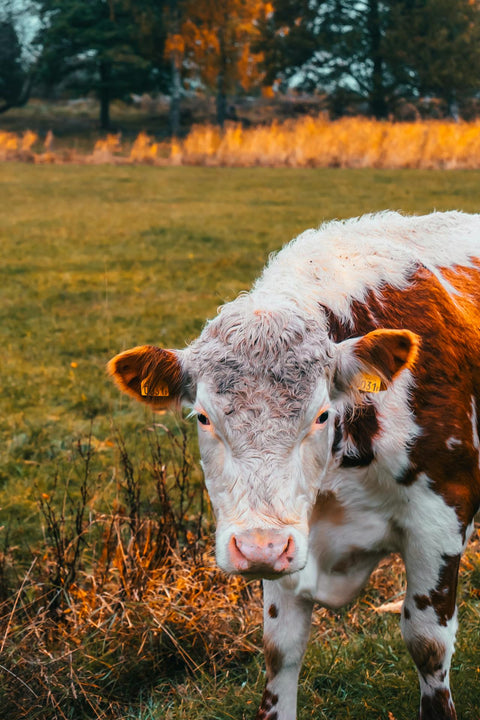We are on Trustpilot
We are rated Excellent, read what our customers are saying
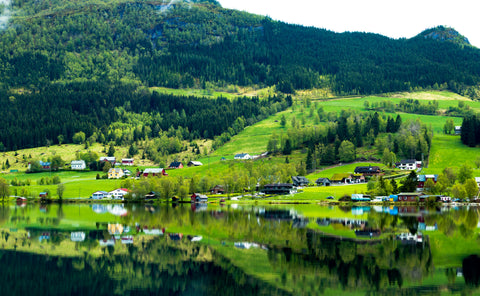
Swedish Spring Food: A Taste of the Season’s First Harvest
As the last traces of winter melt away and the first green shoots push through the soil, Swedes eagerly embrace the arrival of spring—not just in nature, but on their plates. Spring in Sweden is a time of renewal, where comforting winter dishes give way to fresh, seasonal flavors. From wild-foraged herbs to the first tender new potatoes, Swedish spring food is all about celebrating nature’s bounty.
The Joy of Seasonal Eating: Sweden’s First Spring Harvest
Spring in Sweden is a season of primörer, a term for the very first fresh produce of the year. After months of relying on stored root vegetables and preserved foods, Swedes relish the chance to enjoy crisp radishes, baby carrots, and the much-anticipated färskpotatis (new potatoes). But perhaps the most eagerly awaited green of all is nässlor (nettles).
Nettles are one of the earliest greens to appear, popping up in Swedish forests and meadows as soon as the snow recedes. Though they may sting to the touch, in the kitchen, they transform into a nutrient-rich delicacy. One of the most classic Swedish spring dishes is nässelsoppa—a vibrant green soup made from young nettles, served with halved boiled eggs and a dollop of crème fraîche. Light yet nourishing, it’s the perfect bridge between the hearty stews of winter and the fresher fare of spring.
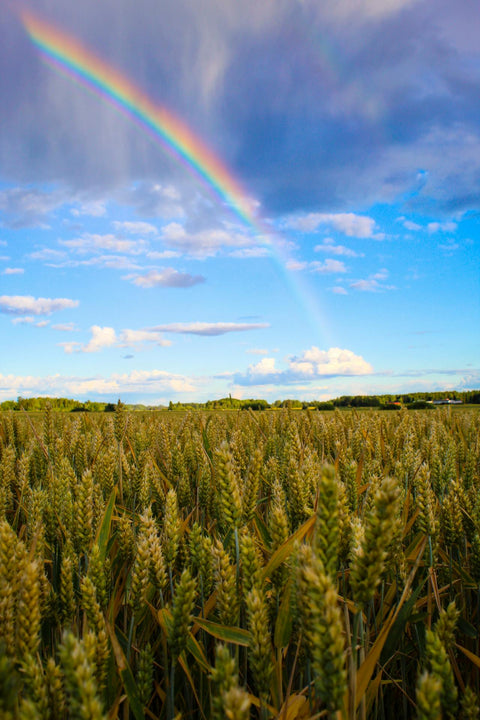
Swedish Easter: A Smörgåsbord of Seasonal Delights
Easter, or Påsk, is one of Sweden’s most festive spring celebrations. Families gather for a traditional påskbord—a buffet that mirrors the Christmas julbord, but with a lighter, spring-inspired touch. Here, eggs take center stage, symbolizing renewal and abundance. Swedes eat them boiled, stuffed, pickled, or as part of gubbröra, a creamy mix of eggs and anchovies served on crispbread.
No Swedish holiday is complete without sill (pickled herring). At Easter, this beloved fish is served in a variety of flavors—from classic mustard herring to tangy onion herring. It’s always accompanied by boiled potatoes, crisp knäckebröd, and a shot of snaps (spiced aquavit). And for the main course? Many Swedes opt for roast lamb, seasoned with garlic and rosemary, or gravad lax, salmon cured with salt, sugar, and dill.
To wash it all down, there’s påskmust, a spiced soft drink similar to the Christmas julmust—a quirky Swedish tradition that continues to puzzle outsiders but remains a favorite among locals.
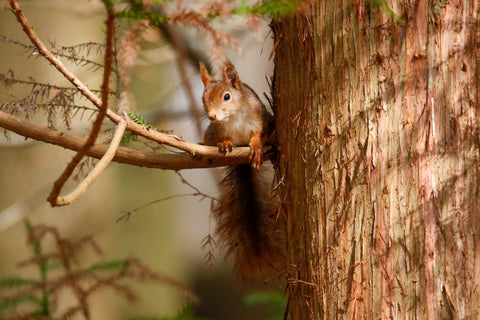
Wild Garlic & Asparagus: The Season’s Most Coveted Ingredients
As spring progresses, Sweden’s forests and fields come alive with wild ingredients. One of the trendiest is ramslök (wild garlic), which has gained popularity in Swedish kitchens in recent years. This fragrant herb is used in pestos, soups, and even homemade butter, adding a fresh garlicky punch to spring dishes.
Meanwhile, asparagus season arrives in May, and Swedes celebrate it wholeheartedly. Green asparagus, now more common than the traditional white variety, is often grilled, lightly steamed, or baked with Västerbottensost—a rich, nutty cheese from northern Sweden. This seasonal treat is savored for just a few weeks before disappearing again until next year.

Valborg: Bonfires, Champagne, and the Promise of Summer
On April 30th, Swedes gather to celebrate Valborgsmässoafton (Walpurgis Night), a tradition that dates back to medieval times. The highlight of the evening is the majbrasor—large bonfires lit to welcome the arrival of spring and ward off lingering winter spirits.
While Valborg isn’t tied to specific foods, it’s a time for casual outdoor gatherings. Many Swedes enjoy a simple grillkväll (grill night) with sausages and hot dogs, often paired with a warming cup of coffee or a celebratory glass of champagne. In university towns, students take the festivities to another level, starting the day with champagnefrukost—a bubbly breakfast picnic that sets the tone for a day of spring revelry.
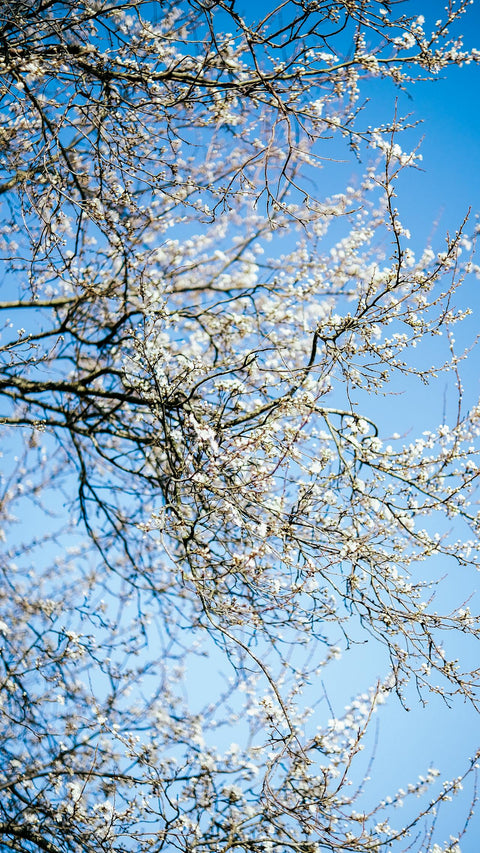
Sweet Endings: Rhubarb and Waffles
No Swedish spring menu would be complete without rhubarb. This tart, pink stalk is one of the first sweet flavors of the season, signaling that summer isn’t far away. Swedes bake it into rabarberpaj (rhubarb crumble), stew it into compotes, or serve it layered in pannacotta med rabarberkompott—a silky panna cotta with rhubarb sauce.
And let’s not forget Våffeldagen (Waffle Day) on March 25th, a quirky holiday when Swedes indulge in crisp waffles topped with jam and whipped cream. Originally linked to the Feast of Annunciation, the day became a national excuse to enjoy waffles—because who needs a better reason?

A Modern Twist: Farm-to-Table & Foraged Flavors
Swedish cuisine has embraced the New Nordic movement, focusing on local, sustainable, and seasonal ingredients. Spring menus in Sweden’s top restaurants now showcase wild-foraged greens, locally caught fish, and quick-pickled primörer (early vegetables).
Foraging is experiencing a revival, with Swedes venturing into the forests in search of nettles, wild garlic, and even the first morel mushrooms of the season. The DIY spirit extends to home kitchens, where people are tapping birch trees for björksav (birch sap), making wild herb-infused syrups, and baking bread with dried nettle powder.
Even in urban areas, farmers’ markets overflow with spring’s best offerings, from greenhouse-grown cucumbers to the first Swedish strawberries ripening under protective covers.
Welcome Spring, the Swedish Way
Spring in Sweden is a season of contrasts—where the last hearty meals of winter meet the fresh, delicate flavors of the new season. Whether it’s a bowl of nettle soup, a plate of pickled herring, or a simple grilled asparagus with Västerbotten cheese, Swedish spring cuisine is a celebration of nature’s renewal.
So why not welcome spring like a Swede? Gather with friends, fire up the grill, pour a glass of snaps, and savor the best of the season. 🌿🌸🥂
